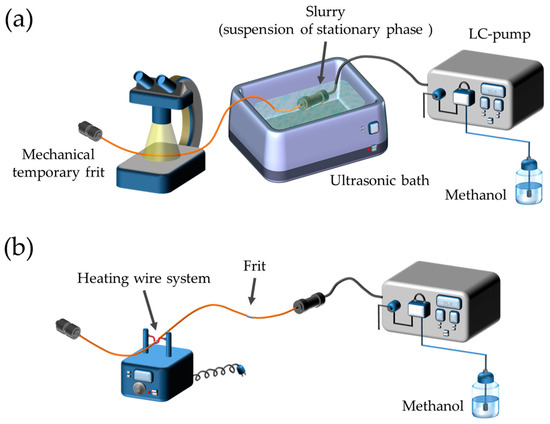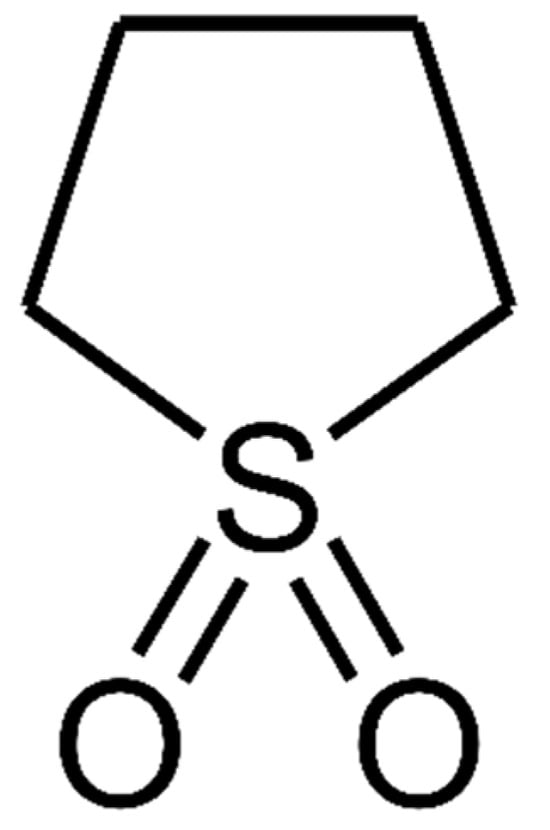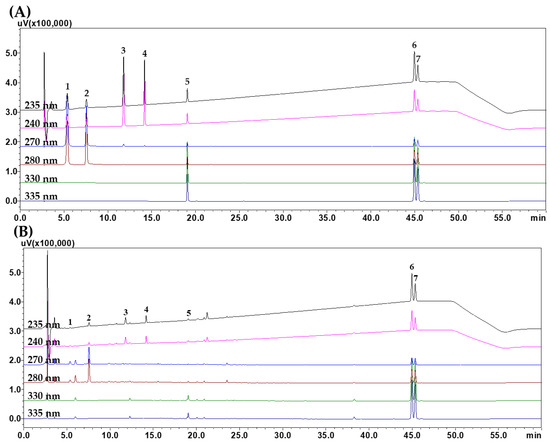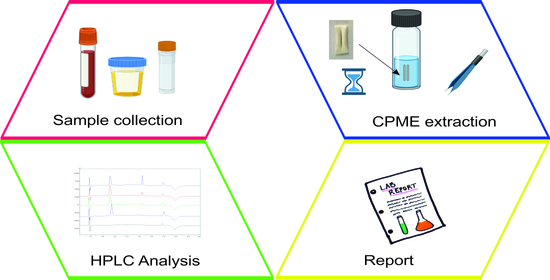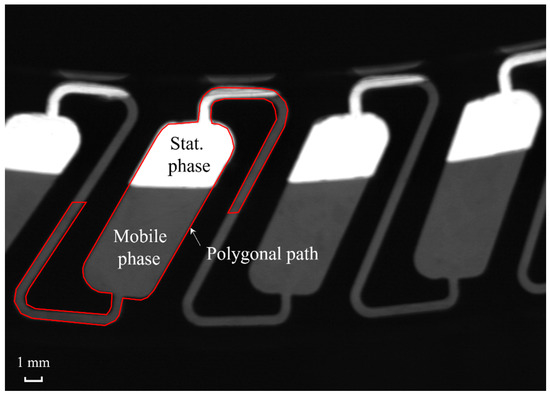Feature Paper Collection in Section Chromatographic Separations
A topical collection in Separations (ISSN 2297-8739). This collection belongs to the section "Chromatographic Separations".
Viewed by 7001Editors
Interests: analytical chemistry; sample preparation; chromatography; HPLC; method validation; method development; separation science; food analysis; bioanalysis; environmental analysis; green analytical chemistry; sorptive extraction; microextraction techniques
Special Issues, Collections and Topics in MDPI journals
Interests: pharmaceutical analysis; peptidomics; proteomics; metabolomics; drug impurities; LC‐MS/MS
Special Issues, Collections and Topics in MDPI journals
Topical Collection Information
Dear Colleagues,
It is a pleasure to invite you and members of your research group to submit an article for the Topical Collection “Chromatographic Separations” in the journal Separations (https://www.mdpi.com/journal/separations). This Topical Collection is investigating the introduction of new, more effective technologies based on the application of chromatographic techniques for the seperation mixture of compounds in difficult matrices. It is focused on the recent findings in the field of the seperation of compounds, the development of analytical protocols based on chromatographic methods, and their application in environmentally friendly processes.
The Topical Collection “Chromatographic Seperations” welcomes high-quality research works that focus on the development of new analytical protocols for the analysis of mixtures of compounds, implementation of these systems, ideas, technologies, and extraction methods that are relevant to promote a greener analytical chemistry.
We kindly invite you to submit high-quality work to this Topical Collection in the journal "Separations". Review articles highlighting recent findings in the field and original research articles are welcome. The articles may be an original research paper describing complete investigations, or a brief communication reporting preliminary results that are timely. We hope that you will be able to accept this invitation and join to the on-going success of this Topical Collection.
Prof. Dr. Victoria Samanidou
Dr. Evroula Hapeshi
Collection Editors
Manuscript Submission Information
Manuscripts should be submitted online at www.mdpi.com by registering and logging in to this website. Once you are registered, click here to go to the submission form. Manuscripts can be submitted until the deadline. All submissions that pass pre-check are peer-reviewed. Accepted papers will be published continuously in the journal (as soon as accepted) and will be listed together on the collection website. Research articles, review articles as well as short communications are invited. For planned papers, a title and short abstract (about 100 words) can be sent to the Editorial Office for announcement on this website.
Submitted manuscripts should not have been published previously, nor be under consideration for publication elsewhere (except conference proceedings papers). All manuscripts are thoroughly refereed through a single-blind peer-review process. A guide for authors and other relevant information for submission of manuscripts is available on the Instructions for Authors page. Separations is an international peer-reviewed open access monthly journal published by MDPI.
Please visit the Instructions for Authors page before submitting a manuscript. The Article Processing Charge (APC) for publication in this open access journal is 2600 CHF (Swiss Francs). Submitted papers should be well formatted and use good English. Authors may use MDPI's English editing service prior to publication or during author revisions.
Keywords
- chromatography
- HPLC
- HPLC-MS
- separation science
- analytical protocol development
- extraction methods
- bioanalysis
- sample preparation
- green analytical chemistry
- green sample preparation






